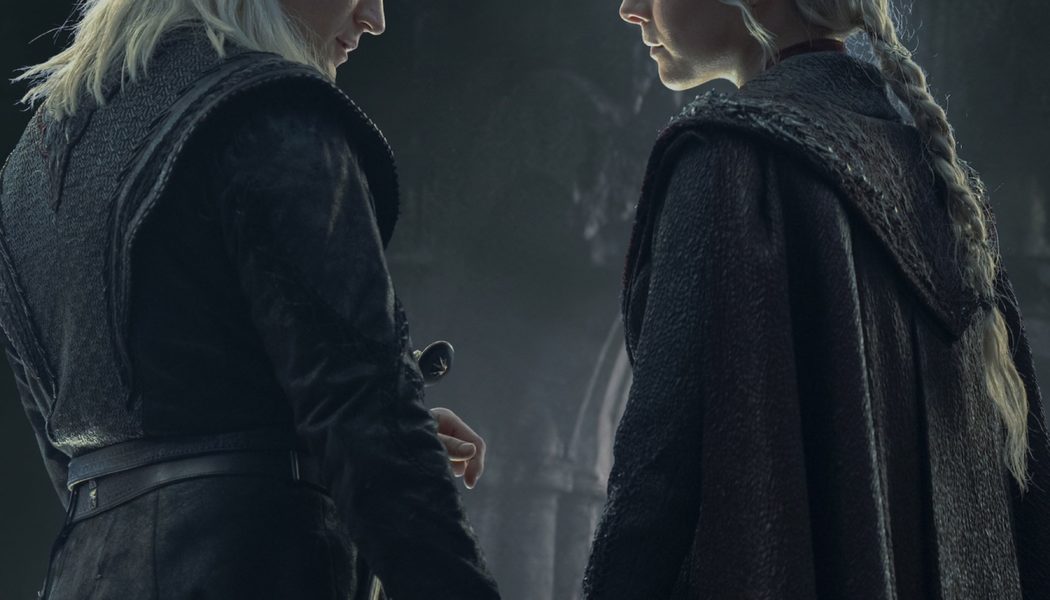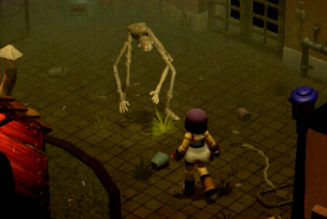House of the Dragon ended its second season with a reminder that this is all just one part of a much larger story.
Share this story
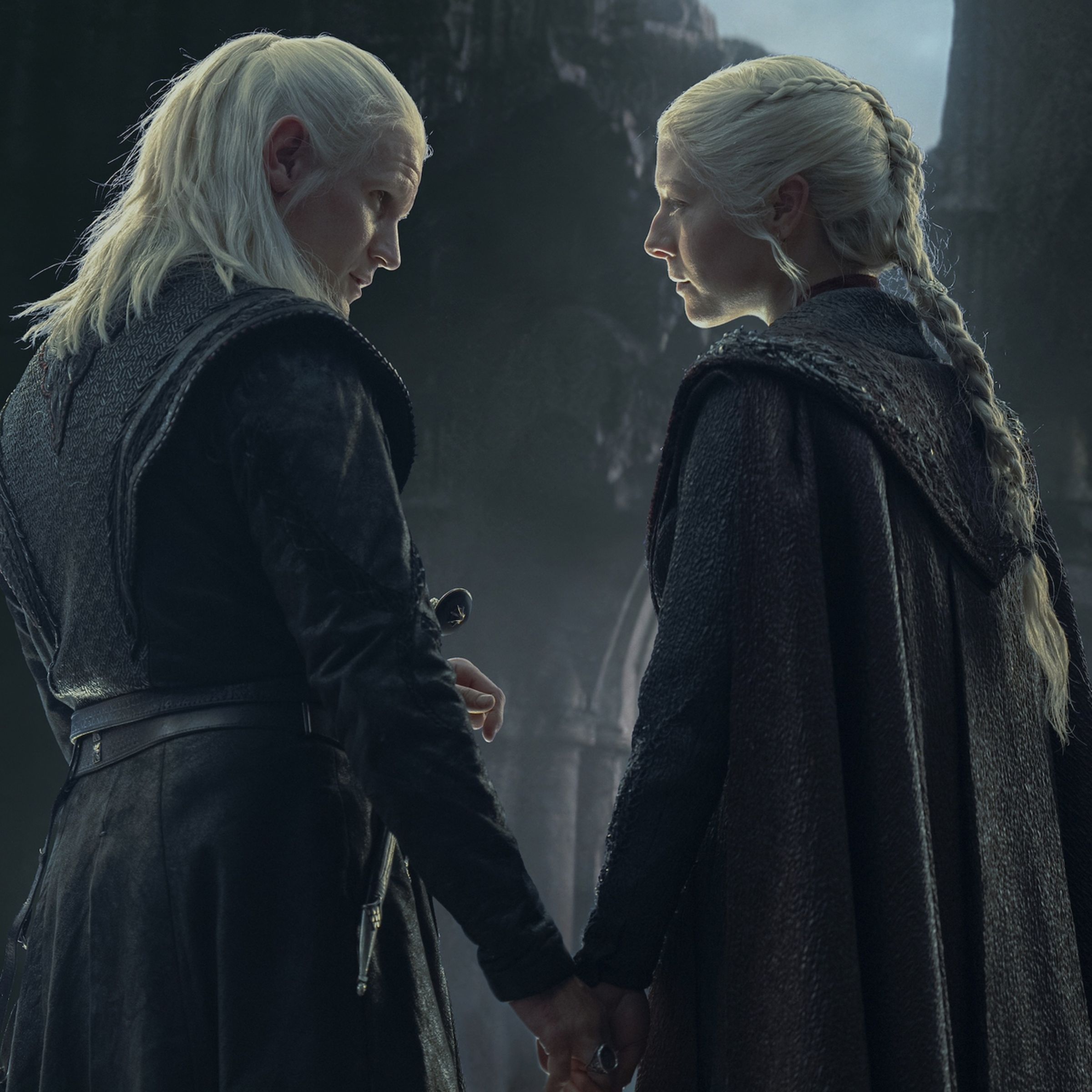
After spending so much time in its first season just getting its many players on the board, House of the Dragon’s second season appeared poised to let the dragons dance and finally plunge Westeros into a cataclysmic civil war. An escalation of fiery battles and royal treachery felt like the logical next step for a series chronicling how the Targaryens fell from grace in the past and sowed seeds that would go on to save the world in the distant future.
Instead, House of the Dragon’s second chapter put much more focus on the quiet moments that shape history rather than the explosive ones that go on to become legends. The choice made some sense, given HBO’s decision to shorten season 2’s episode count from 10 to eight, and seemed somewhat prescient in the wake of last year’s strikes that put the show’s production on hold.
And while it culminated in a season finale that might not have lived up to everyone’s hopes action-wise, the episode solidified House of the Dragon as a series capable of telling its own powerful stories and adding new depth to A Song of Ice and Fire. That may seem anticlimactic to viewers who wanted big set pieces, but it will likely give the series’ four seasons a more convincing and satisfying arc.

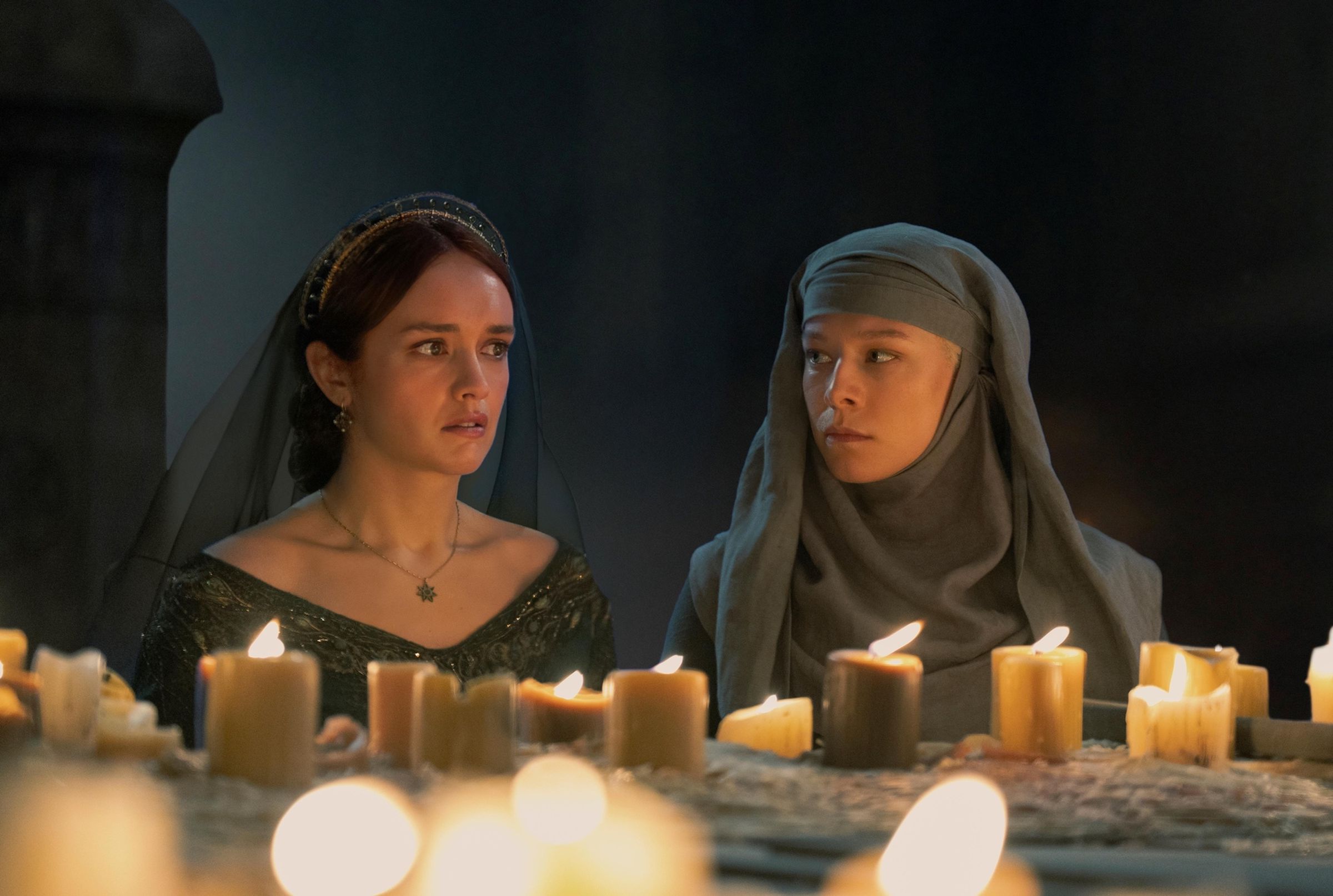
This has always been a show about characters — the decisions they make and the consequences they face. While dragons laid waste to cities in some of House of the Dragon’s more exciting episodes this past season, the actual tension of the show is the palace intrigue: misinterpretations of one another’s actions continued to be the biggest threats to the realm as the schism within House Targaryen grew even deeper.
Queens Rhaenyra (Emma D’Arcy) and Alicent (Olivia Cooke) already knew well how calamitous their battle for power would become if it continued to unfold across the Seven Kingdoms. But with both women surrounded by men desperate to see themselves on the Iron Throne, House of the Dragon made clear that their attempts at waging war with caution were doomed from the jump.
In a season that was punctuated by riots, maimings, and senseless bloodshed, House of the Dragon framed Rhaenyra’s quiet time poring over family records as one of the most pivotal moments in the show’s history — not unlike Game of Thrones’ season seven reveal of Jon Snow’s Targaryen heritage. But House of the Dragon was much more transparent than its predecessor about how important illegitimate children — an “army of bastards” — could become if given the chance. And while a few innocent people were burned to death as Rhaenyra tested out her theory, “The Red Sowing,” the penultimate episode, unexpectedly established Alyn of Hull (Abubakar Salim), Ulf White (Tom Bennett), and Hugh Hammer (Kieran Bew) as people who seem fated to help shape Westeros history.
There’s never been any question about how House of the Dragon will end — many of these people die horribly, and House Targaryen falls into ruin. But season 2 spent ample time highlighting how the Black / Green war could have been averted if the two sides could just engage in good faith.

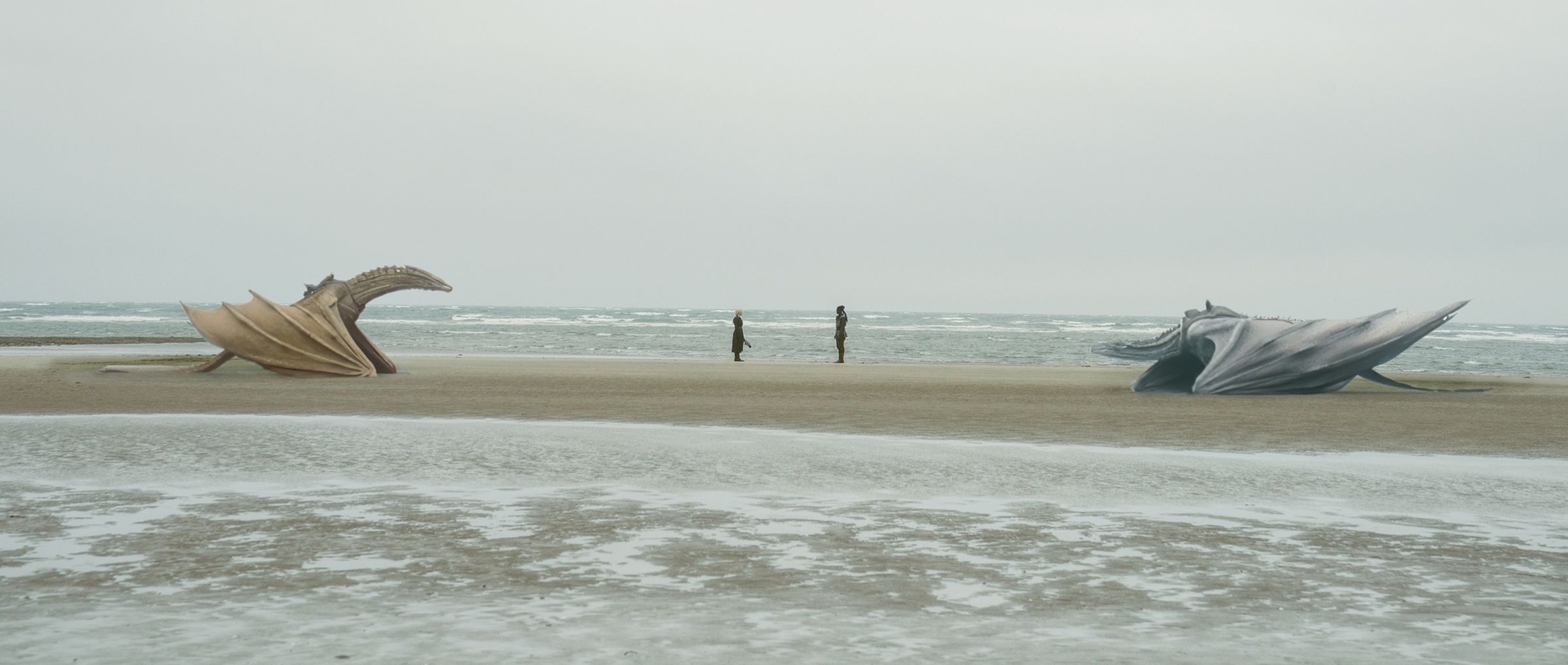
The finale, “The Queen Who Ever Was,” pulled back on its action to make a larger statement about how — even at this point when war’s all but inevitable — its characters still have the ability to see the situation more clearly and change their minds. The episode gave a deeper and unmistakable meaning to Daemon’s dreams of his past, the present, and Game of Thrones characters like Daenerys and the Night King. His return to Rhaenyra spoke to his understanding of why the Targaryen family needed to be strong for the realm, not just themselves. And that same clarity of mind is what brought Alicent to Dragonstone undercover, ready and willing to surrender King’s Landing in spite of Aemond’s plans.
But war is a machine that’s hard to stop once its gears have been set in motion. And “The Queen Who Ever Was” used its final moments to emphasize how there will be no coming back from the war on the horizon.
That war feels like something House of the Dragon wants to treat as a true turning point for its characters, and this season’s restrained action felt like an intentional choice to save the bombast (and production resources) for the series’ recently announced final two seasons. Pacing issues thoroughly derailed Game of Thrones in its home stretch; House of the Dragon could very well meet a similar fate, but its restraint showed that the writers room might have the patience to resist going too big too soon. After all, this season left little question that the world will burn when the show returns and all of its characters will have little choice but to burn with it.
